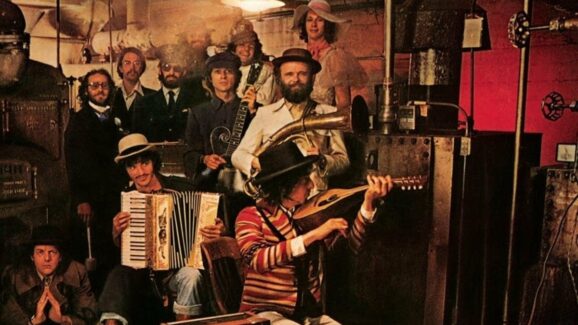[rating=7.00]
The 33 was given every opportunity in the world to be a terrible movie. Based on a disaster from just five years ago, it ran the risk of becoming a hyper-indulgent work that sold its story short for the sake of being first on the screen. It could have twisted perspectives, telling the story from an American point of view, losing sight of the actual narrative of the story. There was even the chance that they would lace the story with an overabundance of sentimentalism, making it the kind of story best told as a TV movie of the week. Blessedly, it does none of those things. It commits none of the sins that movies about real life tragedies risk in their rush from the real world to the cinema, and it manages to tell a beautiful story in a compelling manner, to boot.
It would, of course, be hard to forget the incident upon which The 33 is based. The story of the 33 miners trapped over a mile underground after a cave in at a Chilean mine gripped the hearts of that nation and then the world. For nearly three months, the miners lived in their subterranean confines as their hope for survival slowly dwindled. The story became a staple part of the 24 hour news cycle, with networks and publications the world over falling all over themselves to bring their audiences gripping new details of their harrowing experience. The people of Chile waited with baited breath as an international team of professional drillers overcame serious obstacles of engineering and science to eventually rescue the imperiled crew.
Little is added to the story that we didn’t already learn five years ago, but that was never the intent of The 33. No, this is not a movie for the info-hounds of the world. This is a movie that celebrates the tenacity of the human spirit, which drives onward even in the face of the darkest of challenges. Director Patricia Riggen shows an innate understanding of this paradigm, and dutifully refrains from trying to make it about anything other than the indefatigable depths of the human will to survive and to help those who need it.
Here is where Riggen truly shines—her talents are in the study of humanity, and under her guidance the characters are brought to life as vividly as their real world counterparts. There are moments in the first act, as the mine is collapsing in on itself, that fail to elicit the true dread of the situation. Were the film meant to be an action-thriller or disaster movie, this fact might warrant more consideration but that feels like a minor complaint in the face of everything else she’s accomplished here. Where the film truly finds its footing is in the interaction between its characters.
Of course, given her fine ensemble of actors, Riggen’s job is made all the more easier. Antonio Banderas and Lou Diamond Phillips are both particularly strong, anchoring the cast of the mining crew as Mario Sepulveda and Don Lucho, respectively. Sepulveda, with his boisterous personality, became a bit of a star in his own right during the ordeal, often being portrayed in the media as the man responsible for keeping the crew alive. While there’s definitely some truth to that, Banderas plays the role with a kind of cautious reluctance—he’s not particularly special in anyway, he just happened to be there. Phillips brings the right vulnerability to Lucho, the man tasked with the safety of the mining crew whose warnings were dismissed by the powers that be.
Balancing this narrative is the story of the crew’s family on the surface and the efforts of the Chilean government to rescue the miners from their dark hell. Rodrigo Santoro plays Chilean Minister of Mining Laurence Golborne, the man tasked with organizing the efforts to save the men. Juliette Binoche plays Maria Segovia, whose brother Dario (Juan Pablo Raba) is trapped below. Santoro manages to embody the struggle Chilean authorities had to shoulder during the ordeal and gives a deft performance as Golborne. It cannot be easy when the eyes of the world are on you, and it’s harder still with the eyes of family scrutinizing your every move. Binoche portrays a woman who acts as de facto leader of the miner’s families, demanding information and action from the mining authorities who oversaw the operation. Her performance is particularly engrossing and she easily slips into the role with a commanding presence.
Really though, The 33 is a true ensemble piece, and everyone involved deserves credit for their fine work. As history has shown us, it’s often hard to make a movie about real life events—especially real life events that occurred so recently and remain so fresh in the minds of many—while staying true to the heart of the story and the people involved. The 33 accomplishes this seemingly impossible—or at least difficult—feat without descending into triteness. It’s hard not to get caught up in the movie’s wake, and by the end you might find yourself wanting to chant, “Chi-Chi-Chi! Le-le-le!” along with the cast.
The 33 is in theaters now.









